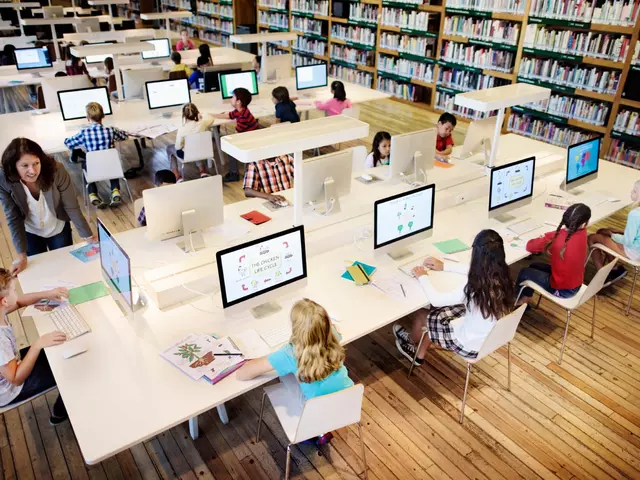The Current State of U.S. Education
Let's begin with where we are right now in terms of education in the United States. The current educational system is fraught with challenges. From underfunded schools and overworked teachers to standardized tests that may not accurately measure a student's ability, it's clear that there are issues that need to be addressed. There are also disparities based on income, with wealthier districts often providing a better education than those in lower-income areas. The COVID-19 pandemic has further highlighted some of these problems, with many students struggling to keep up with remote learning.
Understanding the Root Causes
To improve the educational system, we first need to understand the root causes of the problems we are facing. One of the major issues is the lack of equal access to quality education. This is often tied to income and geographical location, with wealthier, urban areas having more resources than poorer, rural ones. Another issue is the high-stakes testing culture that has developed in the U.S. These tests can create stress for students and may not accurately measure their full range of abilities. Lastly, teacher burnout is a significant problem. Teachers are regularly asked to do more with less, leading to high turnover rates and a lack of experienced educators.
Steps Toward Improvement
So, what can be done to improve the United States' education? One step is to ensure that schools are adequately funded, regardless of their location or the income of their students. This could involve changes to the way schools are funded, with more money coming from state and federal sources rather than local property taxes. Reducing the emphasis on high-stakes testing is another important step. Instead of basing a student's entire future on a single test score, we should focus on a broader range of assessments that take into account different skills and learning styles. Lastly, supporting teachers and preventing burnout should be a priority. This could involve higher salaries, smaller class sizes, and better resources for teachers.
The Role of Technology in Education
Technology has the potential to play a huge role in improving education. From online learning platforms that can reach students in remote areas, to educational apps that make learning fun and interactive, technology can help bridge the gap in educational equality. It can also provide teachers with tools to better manage their classrooms and engage their students. However, it's important to note that technology is not a magic bullet. It needs to be used thoughtfully and appropriately, and not as a replacement for good teaching.
Examples of Successful Educational Reform
There are numerous examples of successful educational reform around the world that the U.S. could learn from. Finland, for example, has one of the best education systems in the world. They focus on equal access to education, highly-trained teachers, and a less stressful learning environment. Similarly, Singapore has achieved great success by investing heavily in teacher training and focusing on innovative teaching methods. These examples show that improvement is possible with the right strategies and investments.
Looking Forward: The Future of U.S. Education
The future of U.S. education is uncertain, but there is hope. With the right investments and policy changes, it's possible to create a system that provides a high-quality education to all students, regardless of income or location. It will take time and effort, but the future of our children and our country is worth it. As we move forward, it's important to keep the conversation going and to continue advocating for the changes needed to improve our education system. After all, education is the foundation upon which our society is built.







